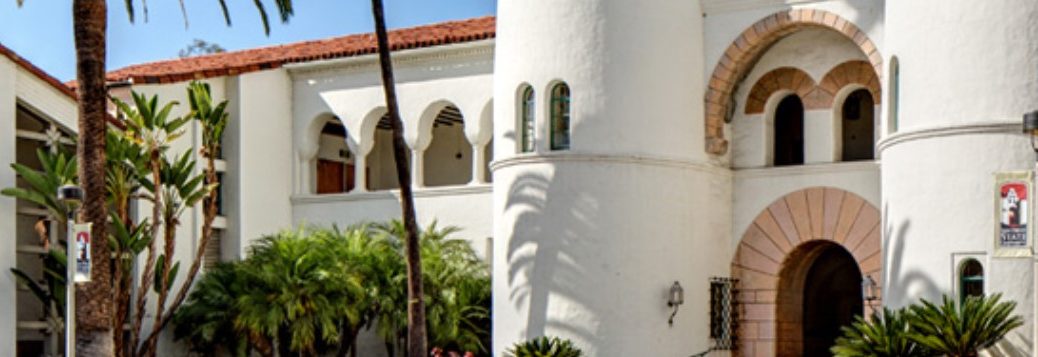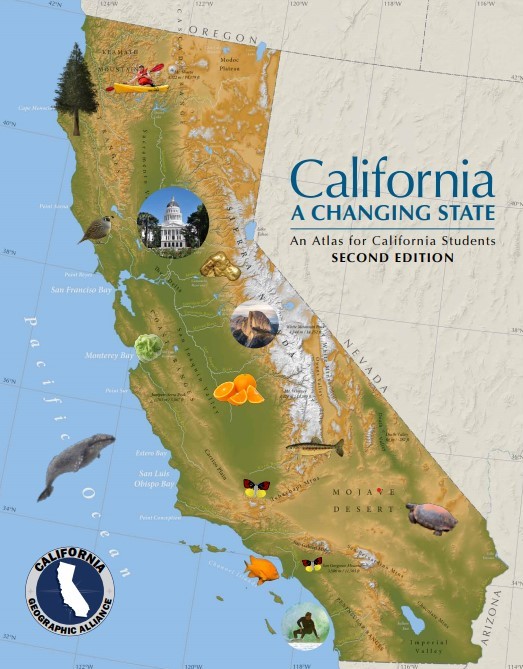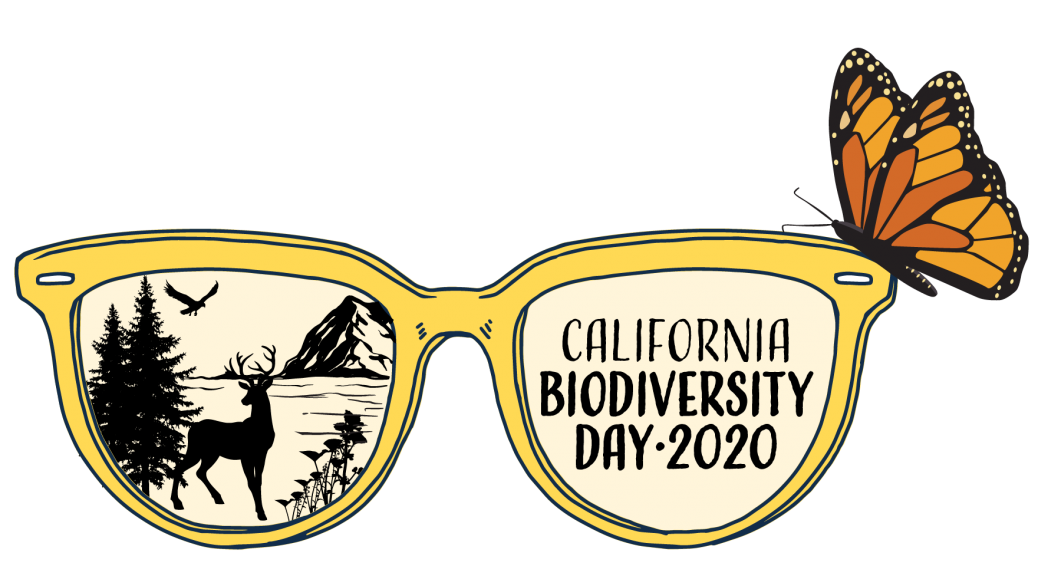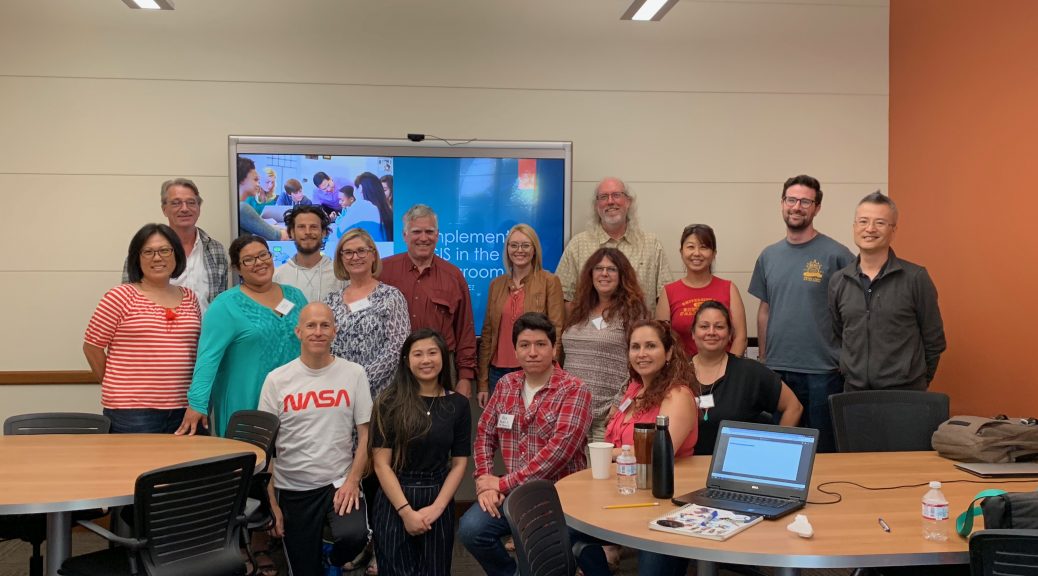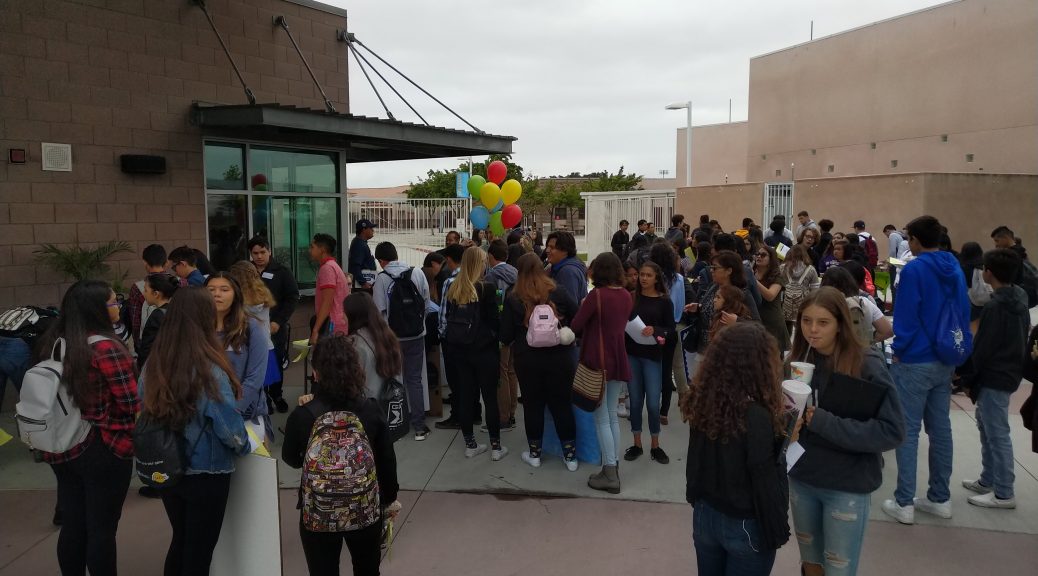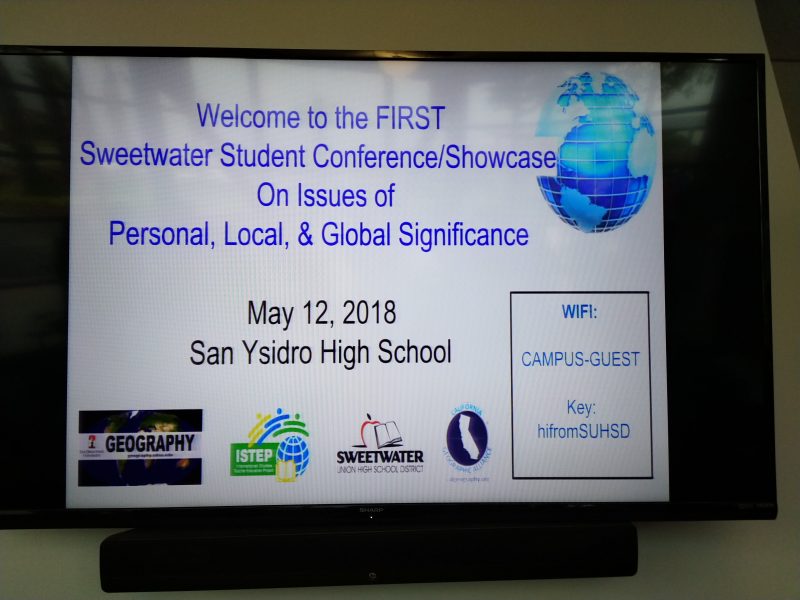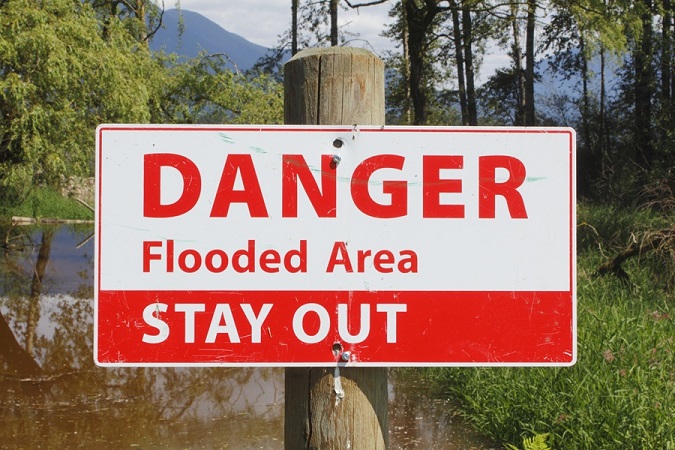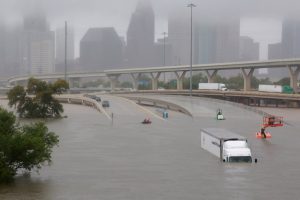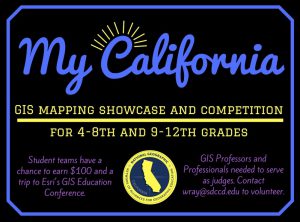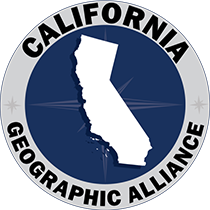As part of an upper-division Qualitative Research Methods in Geography class at San Diego State University in Fall 2017, students under the guidance of Dr. Kate Swanson researched, surveyed and interviewed geography majors and future social studies teachers to measure students’ basic geographic knowledge and determine how they perceive geography’s value as a discipline. In releasing the report
Perceptions & Knowledge of Geography on an American College Campus, Dr. Swanson wrote the following:
“To our surprise, we discovered that interest in and enthusiasm for geography education is high. As stated by one of our interviewees, ‘I just wish that as a teacher, I would have more understanding of geography.’ In our report, we suggest that there may be a window of opportunity to expand geography education, particularly in K-12 schools.
In the
report, we present our findings, along with a series of recommendations for incorporating more geography into our educational curriculum. Our main recommendations are as follows:
– Actively promote geography’s interdisciplinary approach as a strength;
– Promote more study abroad opportunities in geography;
– Host more geography awareness events;
– Create a university level ‘Geography for Educators’ course;
– Support moves to bring geography and geospatial technologies into K-12 schools;
– Rebrand geography by highlighting its relevance to today’s global problems;
– Promote tools and technologies that enhance geographic education and spatial learning;
Given our findings, we believe that teacher education in geography is especially important. American teachers recognize the value of our discipline, yet they have little experience with geography education.
Please feel free to share this
report widely. I want to reiterate that this report was researched, written and designed by seniors at SDSU!”

